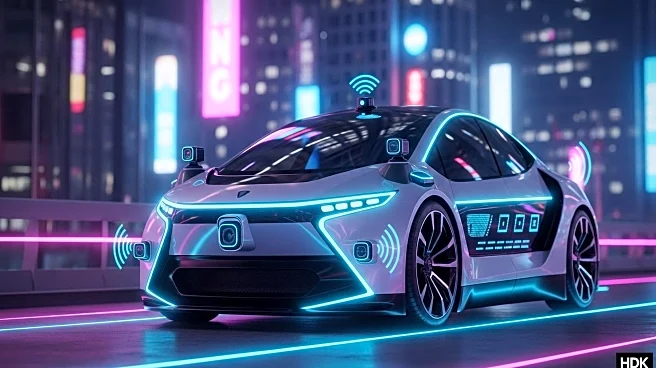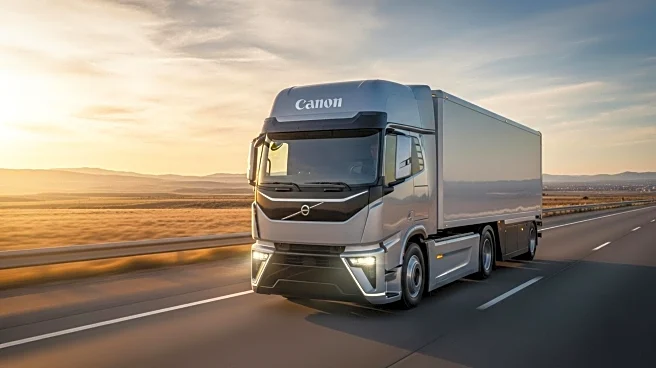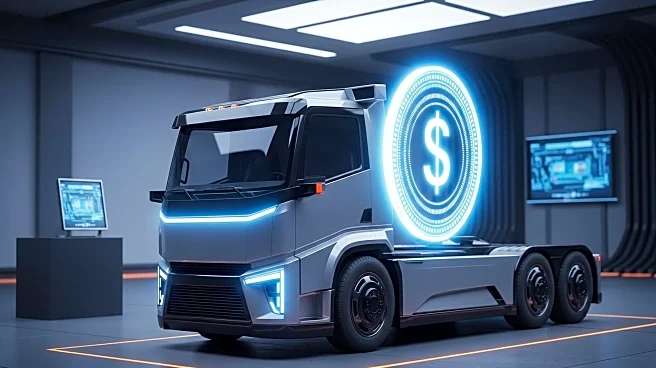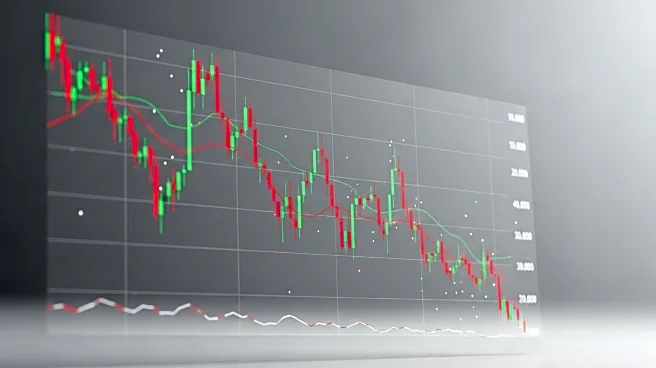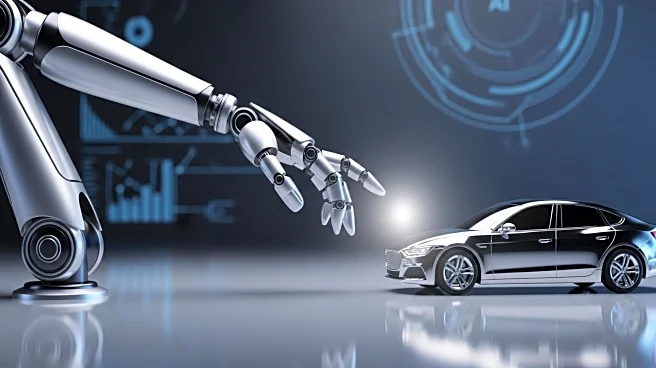What's Happening?
Kodiak Robotics, a startup focused on developing self-driving trucks for highway, industrial, and defense applications, has gone public through a merger with Ares Acquisition Corporation II, a special-purpose acquisition company. This move, which values Kodiak at approximately $2.5 billion, marks a significant step for the company as it seeks to expand its presence in the autonomous vehicle sector. The public listing on Nasdaq under the tickers KDK and KDKRW follows a $275 million financing round, with substantial contributions from institutional investors. Kodiak's CEO, Don Burnette, emphasized the capital-intensive nature of building an autonomous driving company and the strategic decision to access public markets via a SPAC. This development comes as the autonomous vehicle industry continues to evolve, with other companies like Gatik also making strides in commercial partnerships.
Why It's Important?
The public listing of Kodiak Robotics highlights the growing interest and investment in the autonomous vehicle industry, which is seen as a transformative force in transportation. By going public, Kodiak aims to secure the necessary capital to scale its operations and advance its technology. This move could potentially accelerate the deployment of autonomous trucks, impacting logistics and supply chain operations by reducing costs and increasing efficiency. The broader significance lies in the potential shift towards autonomous transportation solutions, which could reshape industries reliant on logistics and freight. Stakeholders in the automotive and technology sectors, as well as investors, stand to gain from advancements in this field, while traditional trucking industries may face challenges adapting to these changes.
What's Next?
Following its public debut, Kodiak Robotics is expected to focus on expanding its fleet and enhancing its autonomous driving technology. The company may explore further partnerships and collaborations to strengthen its market position. Additionally, the autonomous vehicle industry will likely see increased regulatory scrutiny and the need for robust safety standards as more companies enter the market. Stakeholders, including policymakers and industry leaders, will need to address these challenges to ensure the safe and effective integration of autonomous vehicles into existing transportation systems.

